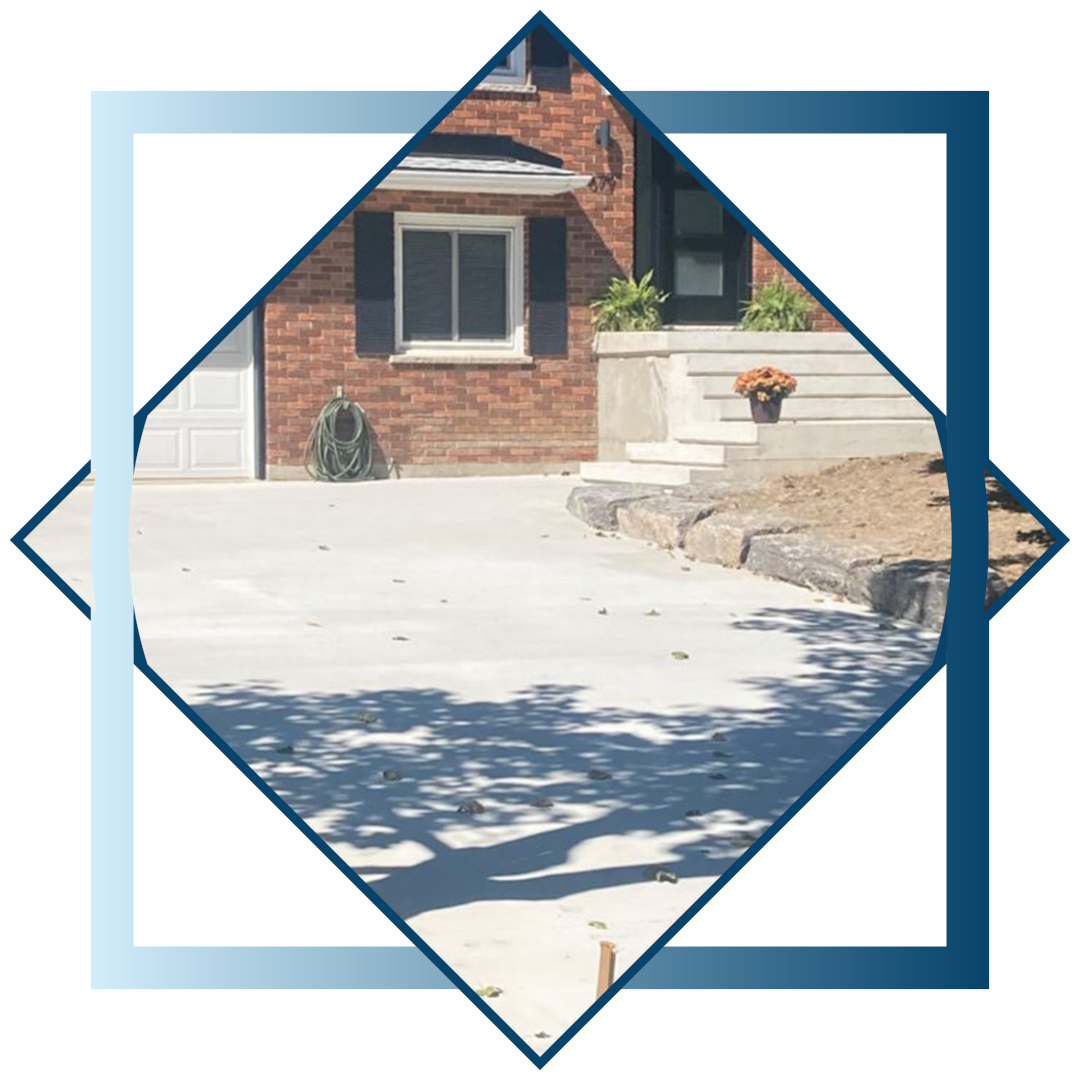Construction accumulations contain huge chunks of product in a concrete mix, generally a rugged crushed rock or crushed rocks such as sedimentary rock, or granite, in addition to finer materials such as sand. Concrete is generally used for developing foundations and grounds as a result of its strength, durability, and capability to withstand water. Concrete structures can sustain the weight of a building and shield it from wetness and water damages. Additionally, concrete can be reinforced with steel bars to further rise its stamina and longevity. This type of concrete is produced off-site and then transported to the building and construction website. It is typically made use of in the building of precast concrete elements, such as wall panels, columns, beams, and stairs.
Soil-cement
Conservationists say mangrove forests might provide a far cheaper buffer. Tellingly, even lots of tsunami-scarred locals hate the concrete between them and the ocean. Concrete is a parched leviathan, gobbling virtually a 10th of the globe's industrial water use. This typically pressures supplies for drinking and irrigation, because 75% of this consumption is in drought and water-stressed regions. In cities, concrete also includes in the heat-island effect by absorbing the heat of the sunlight and trapping gases from cars and truck exhausts and air-conditioner systems-- though it is, at the very least, better than darker asphalt. While it takes you to review this sentence, the global building sector will certainly have put more than 19,000 bath tubs of concrete.
Asphalt
Plain concrete does not easily withstand anxieties such as wind activity, earthquakes, and resonances and other bending forces and is for that reason inappropriate in lots of structural applications. In strengthened concrete, the tensile stamina of steel and the compressional strength of concrete make a member with the ability of maintaining heavy stresses of all kinds over considerable periods. The fluidity of the concrete mix makes it feasible to position the steel at or near the point where the best tension is prepared for. Extreme climate condition (extreme warm or cold; gusty conditions, and humidity variations) can considerably change the top quality of concrete.
- If you've ever walked on a walkway, driven on a road, or stood in a structure, possibilities are you have actually encountered concrete.
- In use where tensile tensions have to be accommodated support is included into the concrete to soak up stress.
- Insulating concrete types (ICFs) are hollow blocks or panels made from either insulating foam or rastra that are stacked to form the shape of the walls of a building and then filled with reinforced concrete to produce the framework.
- A product comparable to concrete was first established by the Egyptians, http://laneybrm987.lucialpiazzale.com/affordable-concrete-walkways-and-driveway-paving-solutions-concrete-driveways containing lime and plaster.
Smartly Designing Cement And Concrete With Information Analytics

The device weight of concrete describes its density and can differ depending upon its composition and strength. This is a procedure of the ratio of side stress to axial stress when a product is stretched or pressed. Poisson's proportion can impact the general stamina and stability of concrete structures. A mix of accumulation and concrete with much less cement than routine concrete, lean concrete base is made use of to create a solid base layer. Roller-compacted concrete (RCC) is a stiff mix of accumulations, cement, and water. It is positioned in layers with traditional earthmoving or paving devices and compacted with vibratory rollers.
What is concrete simple?
Concrete is an engineering product that replicates the homes of rock and is a mix of bits very closely bound together. It is simply a mix of accumulations, normally all-natural sand and gravel or gravel.

The Pantheon has outside structure walls that are 26 feet large and 15 feet deep and made of pozzolana concrete (lime, reactive volcanic sand and water) tamped down over a layer of thick rock accumulation. Resolving and movement over nearly 2,000 years, along with periodic quakes, have actually created splits that would generally have actually deteriorated the structure enough that, now, it needs to have fallen. The outside wall surfaces that support the dome include seven equally spaced particular niches with chambers in between them that encompass the outside. These particular niches and chambers, originally developed only to decrease the weight of the framework, are thinner than the major sections of the wall surfaces and work as control joints that regulate split locations. Tensions brought on by motion are eliminated by cracking in the niches and chambers. This indicates that the dome is basically sustained by 16 thick, structurally sound concrete columns developed by the sections of the exterior wall surfaces between the specific niches and chambers.
By 200 BC, the Romans were constructing really efficiently utilizing concrete, but it had not been like the concrete we utilize today. It was not a plastic, moving material poured into forms, however much more like sealed rubble. The Romans built the majority of their structures by stacking stones of different dimensions and hand-filling the areas in between the stones with mortar. Above ground, walls were dressed both in and out with clay bricks that additionally served as forms for the concrete.
This product can then respond with water, producing a calcium-saturated service, which can recrystallize as calcium carbonate and rapidly fill up the crack, or react with pozzolanic products to additional strengthen the composite material. These reactions happen spontaneously and for that reason instantly heal the cracks prior to they spread out. Previous support for this theory was found with the examination of various other Roman concrete samples that exhibited calcite-filled splits. And it's [sic] surface area is hideous, cold, and hard in sensation unless covered by pricey finishes not integral to the structure.And yet concrete, in some type, is a remarkable material. It is possible to utilize a whole series of ultra-lightweight concretes which have a thickness and compressive strength extremely similar to that of wood.